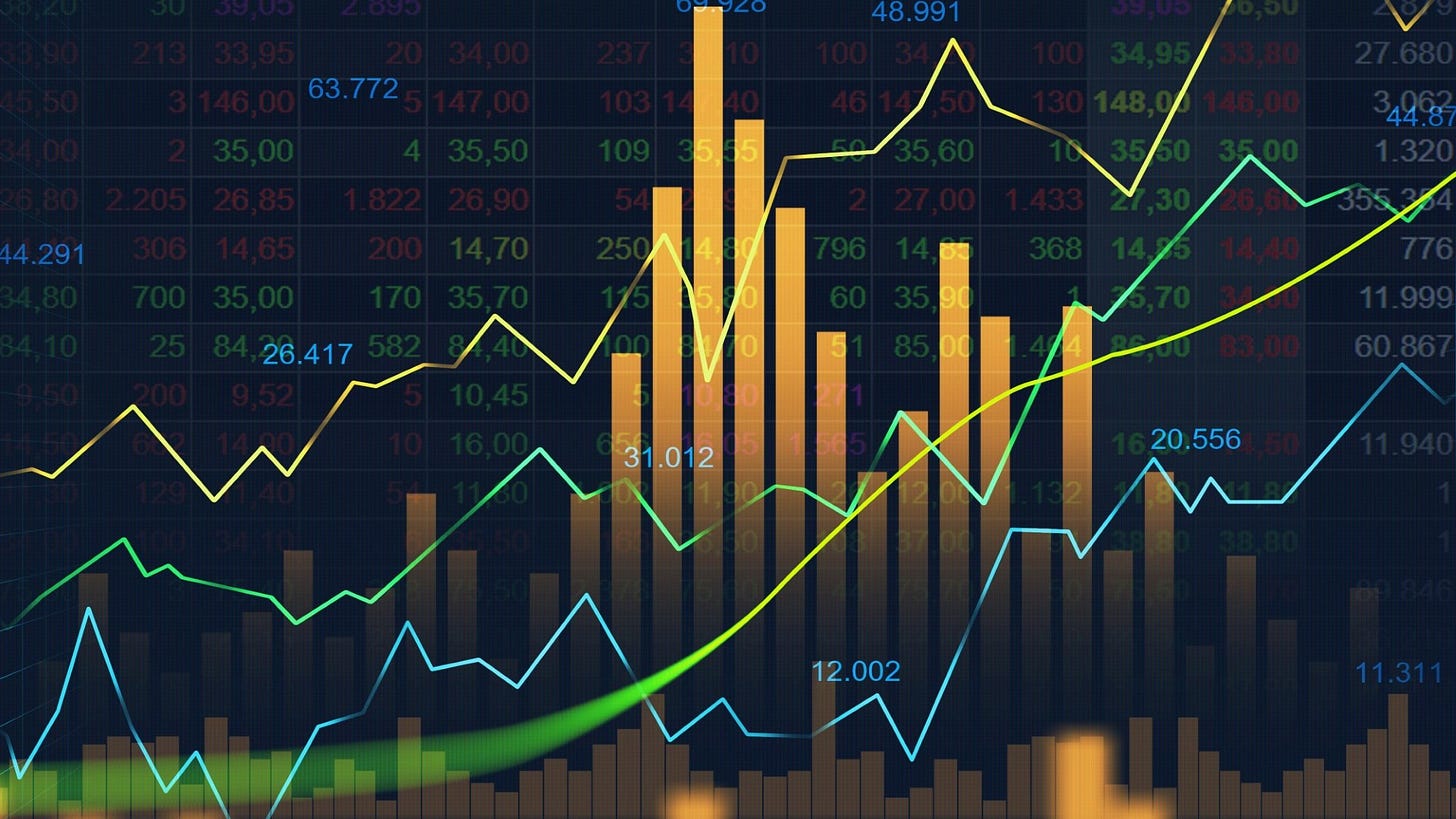The Weekly Market Sentiment Report: 25th June - 2nd July 2023
The Weekly Market Sentiment Report: 25/06/2023 - 02/07/2023
CONTENTS
EVOLUTION OF THE REPORT
ECONOMIC CALENDAR
THE COMMITMENT OF TRADERS REPORT: NORMALIZED VALUES
THE COMMITMENT OF TRADERS REPORT: PATTERN RECOGNITION
THE PUT-CALL RATIO SENTIMENT
THE GAMMA EXPOSURE INDEX
THE AMERICAN ASSOCIATION OF INDIVIDUAL INVESTORS
GERMANY ZEW ECONOMIC SENTIMENT INDEX
THE ISM PURCHASING MANAGER’S INDEX
THE UNIVERSITY OF MICHIGAN CONSUMER SENTIMENT INDEX
DISCLAIMER
EVOLUTION OF THE REPORT
This report will grow in time due to feedback and new techniques put into place. You may notice new markets added or other markets removed. Similarly, new sentiment models may be added or removed. Feel free to leave a feedback (e.g. nature of the document, its usefulness, its time interval, its content, language, etc.).
At the moment, the future changes over the coming months can be summed up as follows:
Adding the Bullish Percentage Index, a collection of individual technical indicators calculated on each stock of the S&P 500. Following this, a global index is constructed in order to calculate the current sentiment.
ECONOMIC CALENDAR
THE COMMITMENT OF TRADERS REPORT: NORMALIZED VALUES
The U.S Commodity Futures Trading Commission (CFTC) publishes statistics of the futures market on a weekly basis called the Commitment of Traders (COT) report. The report has many valuable information inside, namely the number of futures contracts held by market participants (hedge funds, banks, producers of commodities, speculators, etc.). Two main categories have to be distinguished:
Commercial players: They deal in the futures markets for hedging purposes (i.e. to cover their operations or other trading positions). Examples of hedgers include investment banks and agricultural giants. Their positions are negatively correlated with the underlying market.
Non-commercial players: They deal in the futures markets for speculative reasons (i.e. to profit from their positions). Examples of speculators include hedge funds. Their positions are positively correlated with the underlying market.
The COT meter takes the difference between the net non-commercial players and the net commercial players in order to get a final net value which is supposed to be positively correlated to the underlying asset.
For example, if the Canadian Dollar is showing an extreme value of 100, then this means that taking into account the past 26 weeks (6 months), the net market positioning has been overly bullish which could mean that a correction may be likely. The following table summarizes the current state of the markets with the optimal opportunities:
The COT report is also known for its commodities side, and therefore, the following shows a summary of a few key commodities:
Keep reading with a 7-day free trial
Subscribe to The Weekly Market Sentiment Report to keep reading this post and get 7 days of free access to the full post archives.








